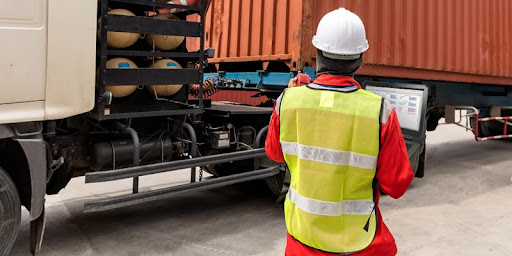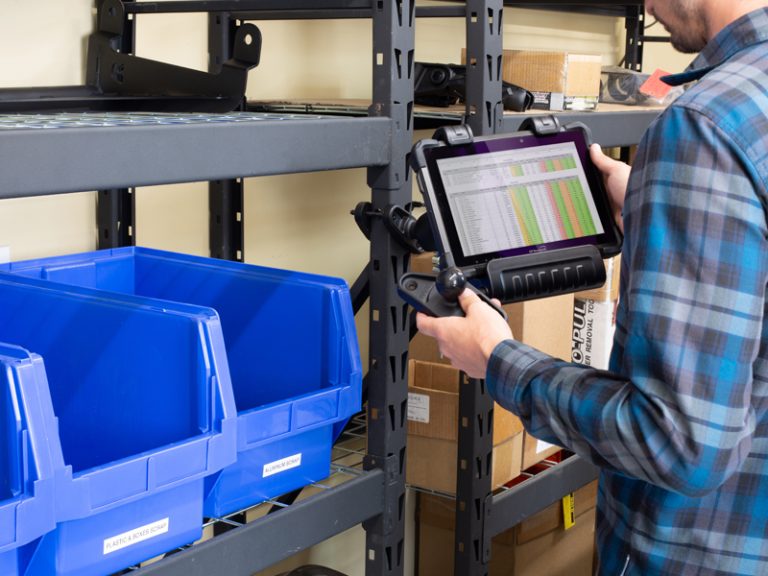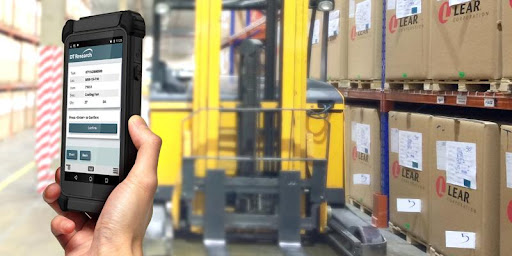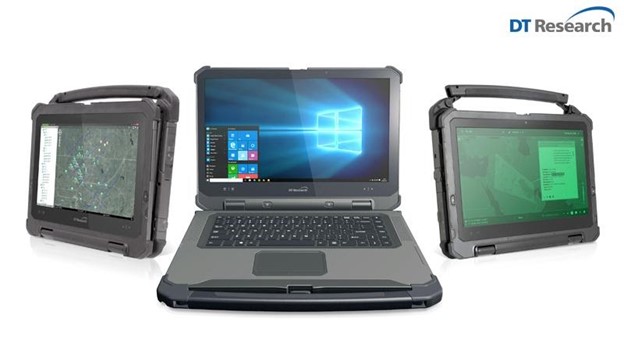
Tablets have been around for a while, and due to their combination of an easy-to-read display and keypad-free data entry and retrieval, they are attracting renewed attention. In comparison to notebook computers and handheld devices, rugged tablets provide a number of advantages. A rugged tablet can be easily used by a standing worker while being held in one hand, as small 6-inch and 8-inch rugged tablets are ultra-portable. Additionally, they have a variety of display sizes something ideal for most every mobile worker.
Continue reading “3 Key Advantages of Using Rugged Tablets in the Logistics Sector”




